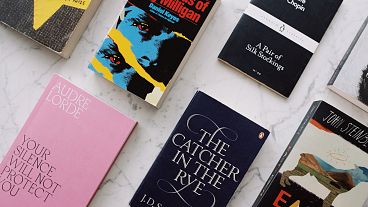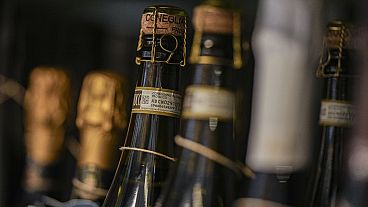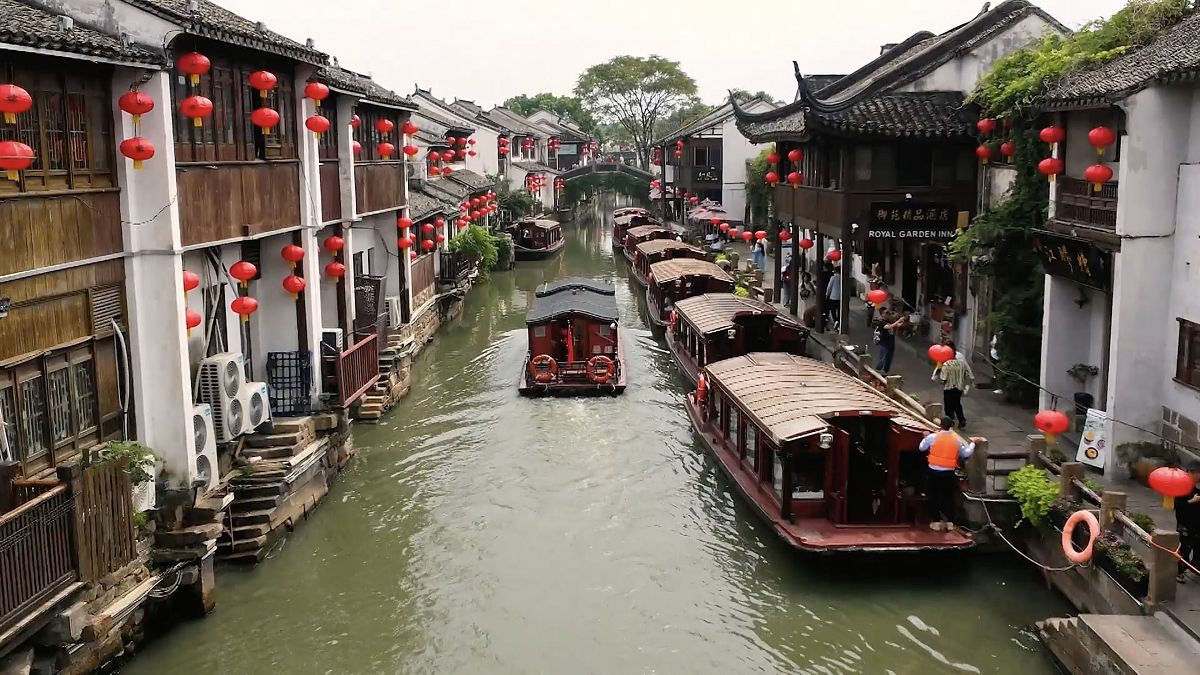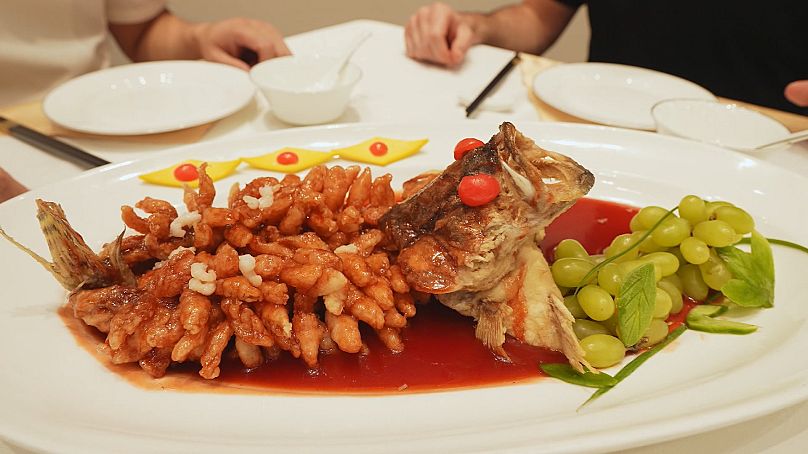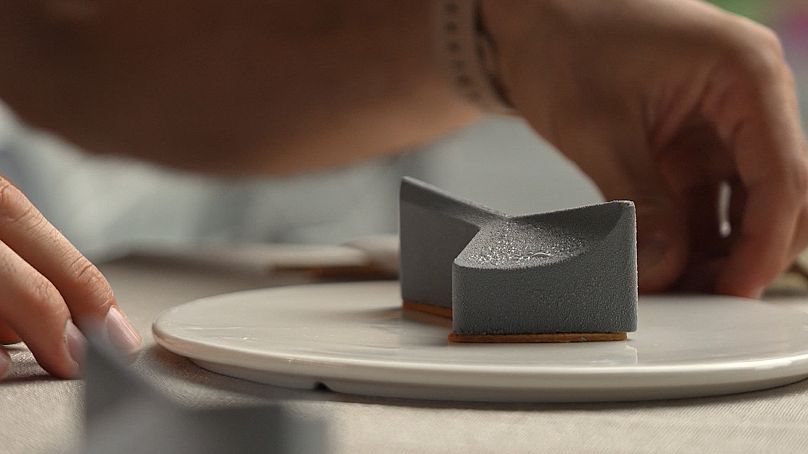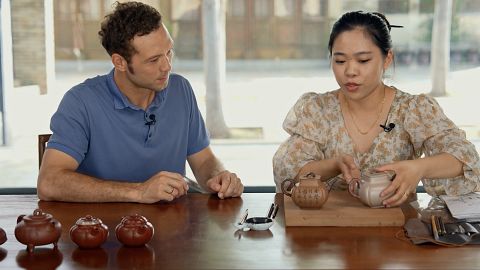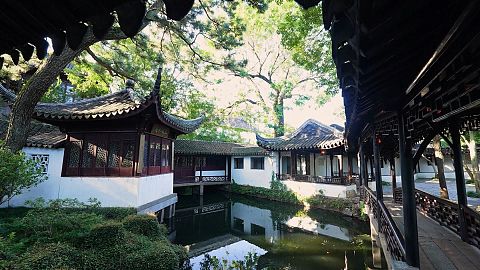Crossing Cultures explores the ancient Chinese city of Suzhou, famed for its classical gardens, canals and culinary delights.
Once the bureaucratic heart of imperial China, the ancient city of Suzhou has captivated visitors for centuries.
Famed for its fine silk tapestries, classical gardens and picturesque canals the city has earned the nickname the “Venice of the East” and is often seen as the perfect getaway from the hustle and bustle of its much bigger neighbour Shanghai.
Joining forces for the first time, Crossing Cultures presenters Paul and Yegor visited the city to experience its culinary delights.
A taste of tradition
Suzhou is located around 100 kilometres west of Shanghai on the shores of Lake Taihu in Jiangsu Province, one of China’s largest freshwater lakes.
This has played a huge role in shaping the city’s identity, an influence that extends to the local Subang cuisine, with fish often taking centre stage.
Among Suzhou’s most iconic dishes is squirrel-shaped Mandarin fish. Believed to have first been served to Emperor Qianlong over 400 years ago, preparation involves intricate carving of the fish. It is then fried and topped with a sweet tomato-based sauce.
But what does a squirrel have to do with a fish?
Chef Zhu Rongjin, head chef at Deyuelou restaurant and a master of Subang cuisine, shared with Paul the story behind the dish: “The whole mandarin fish is shaped like a squirrel, with its head raised high and tail curled up. When hot sauce is poured over it, it makes a squeaking sound, like a squirrel. In our culture, squirrels are symbols of good fortune.”
Revealing the secret to the dish’s delicious texture, Chef Zhu added: “The outer layer is incredibly crispy, giving it a satisfying crunch. When we coated the fish in flour earlier, it helped seal in the juices, keeping the meat tender and flavourful.”
French connection
While Suzhou is renowned for its historic waterways and traditional whitewashed buildings, the city also has a modern vibrant side that’s attracting creative international talent. Among the city’s new arrivals is David Alves, an award-winning French pastry chef from Lille who has brought a taste of Europe to Suzhou with his bakery, Très TenTant.
One of David’s signature desserts, Matcha Bow Cake, exemplifies the merger between French pastry techniques with Chinese inspiration. The cake’s design mimics the tiled roofs of Suzhou’s historic architecture.
Made with Matcha and a biscuit layered with orange and raspberry jam, David tells Yegor: “I’ve adjusted the sweetness by using less sugar to suit local palates. It’s something I’ve also started doing in my patisserie in France - our customers love it.”
A meeting of cultures
Suzhou’s quaint canals and classical gardens, many of which are Unesco World Heritage sites, reflect the city’s prosperous past, built for the most part on the success of its silk trade. But while proud of its heritage, Suzhou is not a city stuck in time.
For those looking for an alternative adventure beyond Beijing and Shanghai, the city offers a captivating mixture of history, artistry, and gastronomy - making it a must-visit destination for lovers of culture, cuisine, and all things China.

